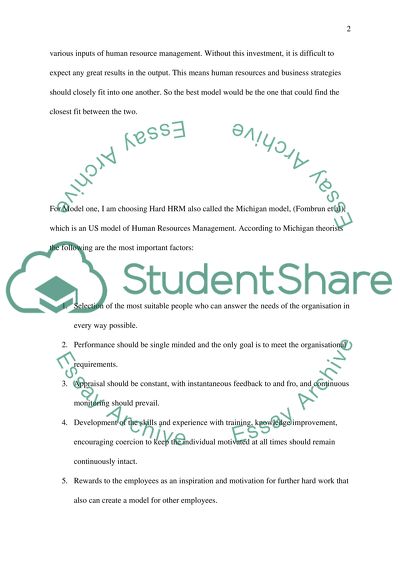Cite this document
(“Human resource management: effective management Essay”, n.d.)
Human resource management: effective management Essay. Retrieved from https://studentshare.org/miscellaneous/1503227-human-resource-management-effective-management
Human resource management: effective management Essay. Retrieved from https://studentshare.org/miscellaneous/1503227-human-resource-management-effective-management
(Human Resource Management: Effective Management Essay)
Human Resource Management: Effective Management Essay. https://studentshare.org/miscellaneous/1503227-human-resource-management-effective-management.
Human Resource Management: Effective Management Essay. https://studentshare.org/miscellaneous/1503227-human-resource-management-effective-management.
“Human Resource Management: Effective Management Essay”, n.d. https://studentshare.org/miscellaneous/1503227-human-resource-management-effective-management.


